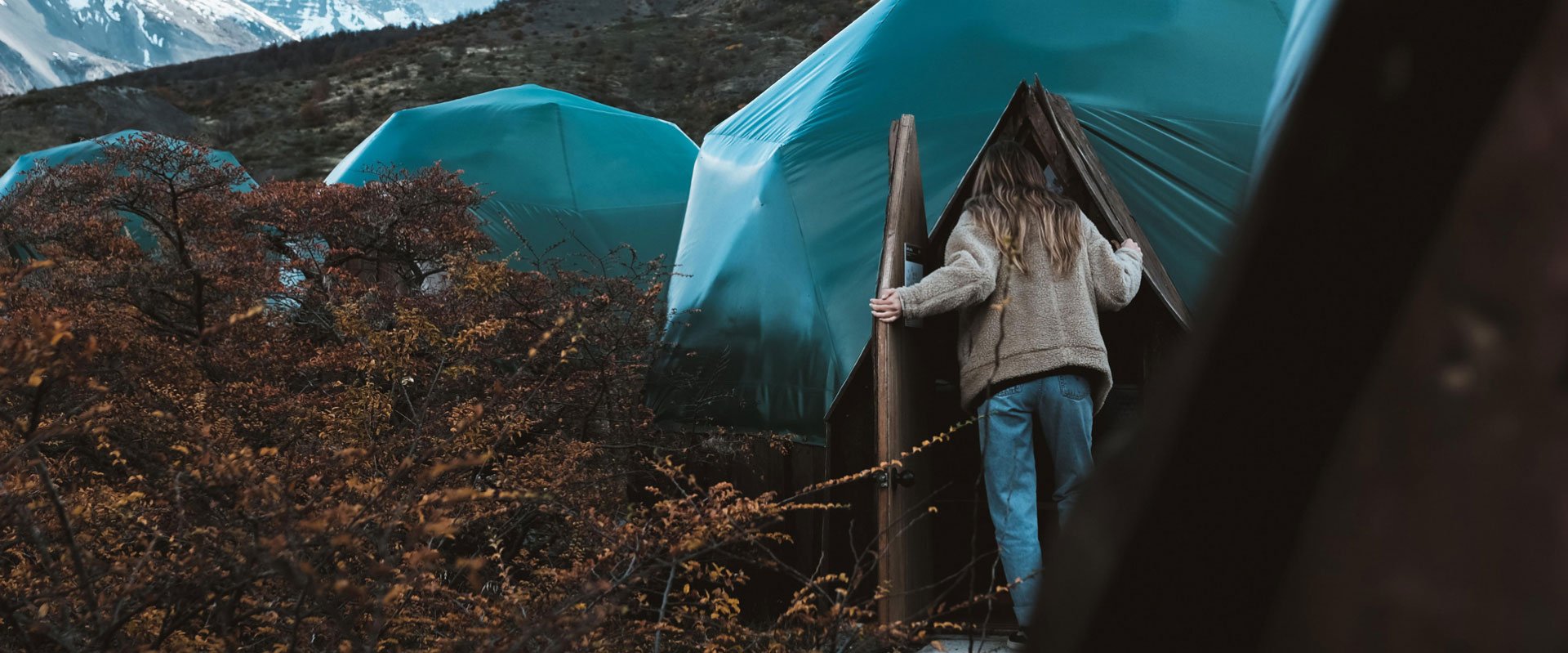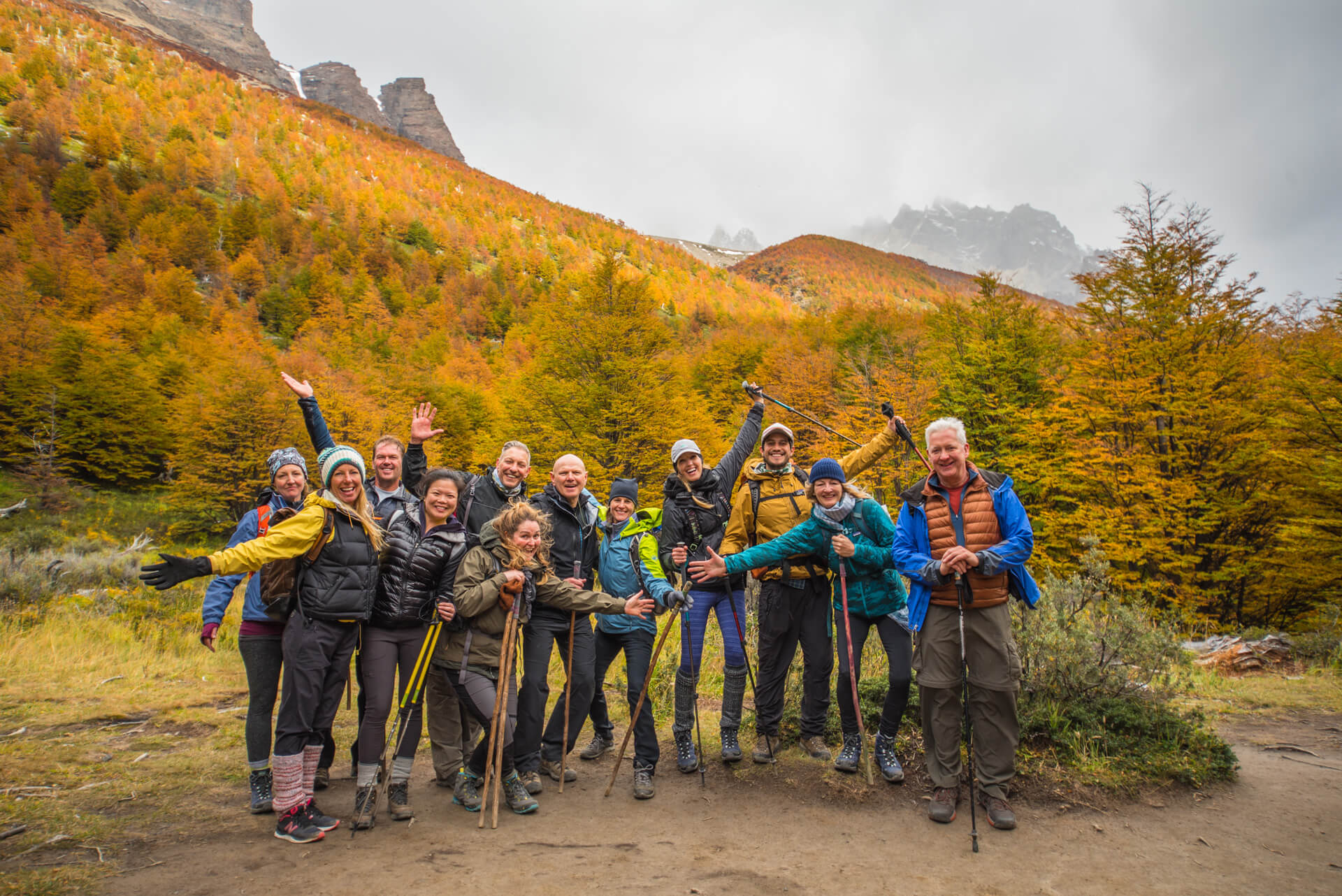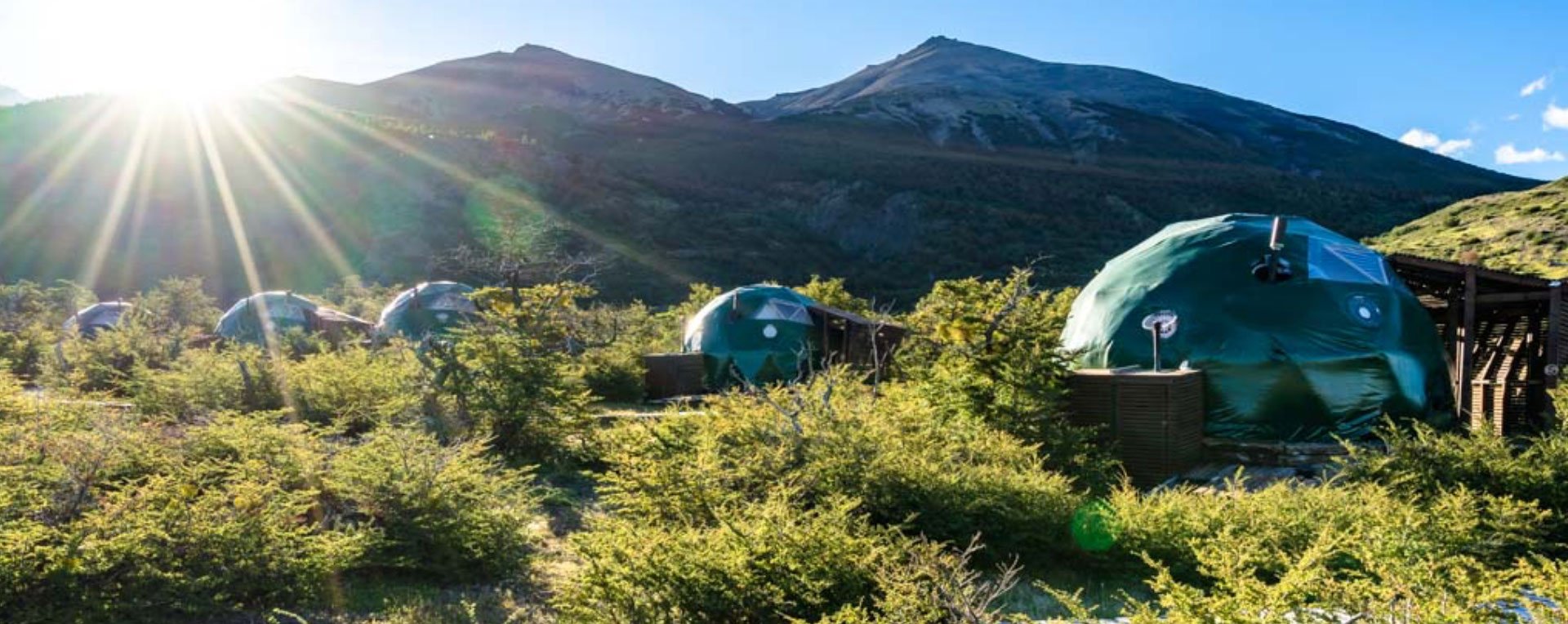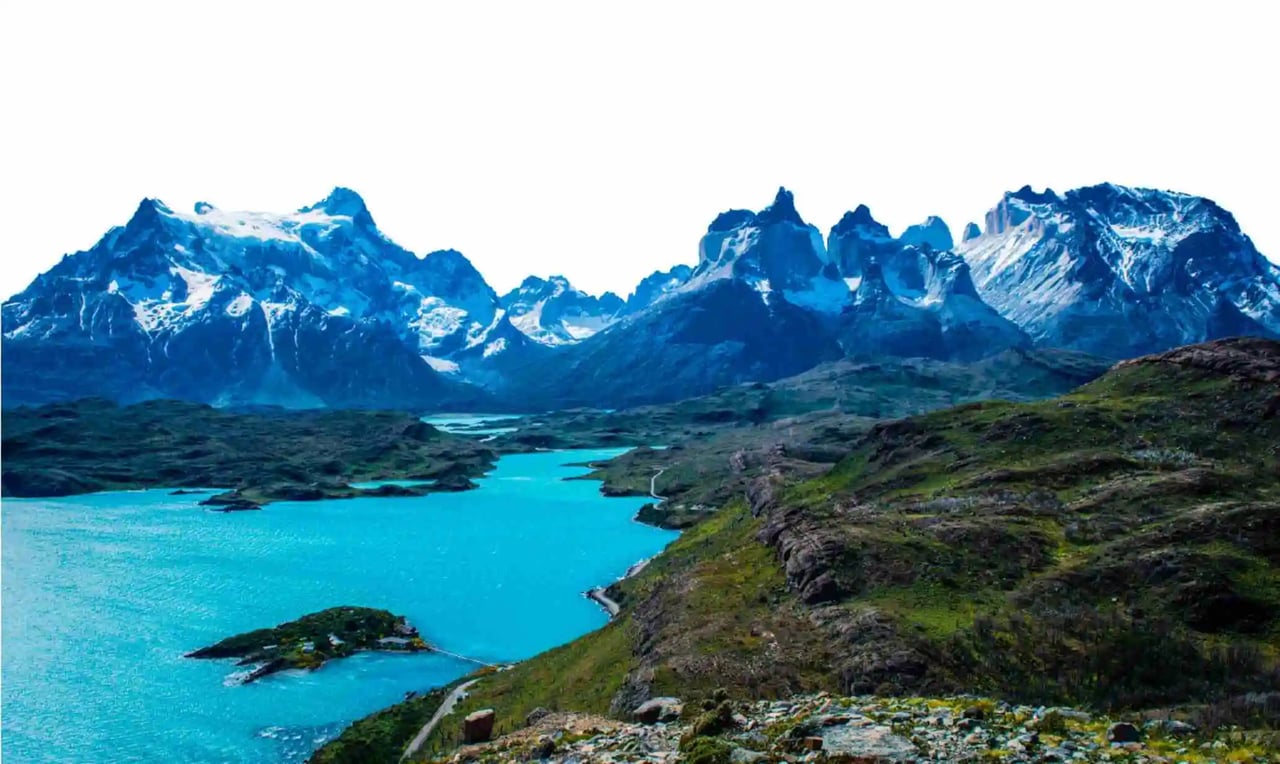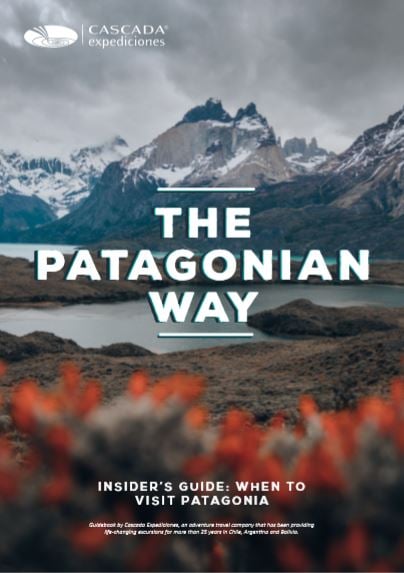There are four different goose species in Magallanes. The smallest one, the Ruddy-headed Goose (Chloephaga rubidiceps), is the least common to see and is considered the most endangered species in Chile. This is why it is under observation.
The specimens of Ruddy-headed Goose are distributed not only in the Magallanes region, where most of their breeding occurs, but also in the neighboring provinces of Argentina. The goose is endemic to these two countries. Compared to the other three geese, the Ruddy-headed goose has been much more sensitive to changes in the ecosystem, causing its numbers to decline dramatically.
The goose of the Patagonian steppe
During the spring and summer, they can be found in Tierra del Fuego and Continental Patagonia (Chile and Argentina). In the fall and winter, they migrate to the south of the province of Buenos Aires, covering a total of 1,800 kilometers between their breeding and wintering areas.
The population of this species has decreased considerably for various reasons. One is the introduction of the Chilla Fox (Lycalopex griseus), which was introduced to Tierra del Fuego in the 1950s, and the introduction of the mink in about the same period, both animals that prey on eggs and young.
The introduction of sheep is also believed to have affected the geese´s breeding area. The sheep like to grass on the edges of meadows, where the grass is usually taller. The geese use this tall grass for cover and protection of their nest, and without this tall grass, the nest is visible for animals of prey.

The observation and counting of the Ruddy-headed Goose and how it works
Leñadura (Centro de Rehabilitación de Aves Leñadura (CRAL)), a bird rehabilitation center south of Punta Arenas, has been studying the Ruddy-headed goose since 1999. This NGO is conducting bird censuses (countings) in the area where this species is usually found. See the information box for more specific information on where to find it and what to look for (Box picture).
We talked to Olivia Blank and Ricardo Matus, conservationists who manage Leñadura, about the goose and its future:
“We have been studying this species for almost 25 years because we are concerned about the Ruddy-headed Goose due to its conservation status. We have collected knowledge of where they reproduce, where they forage, where they gather together before migrating, and what their preferred habitat is. We have learned that this species is a bird of the Patagonian steppe, specifically the meadows. When we do the census, we go to the same places and more or less at the same time of the year; this way, it is easier to compare our data. The purpose of observing and counting the goose is to identify population trends and try to recommend actions for its protection”, says Olivia.

Olivia explains that they do not only count the Ruddy-headed Goose, but they also count all the other goose species:
“We also identify the other three goose species of the same genus and count them. This way, we also observe and register their conservation status. By counting the geese in the same places and at the same time of year, you will get an idea of whether the population is growing or declining. Based on our data, we calculate that there are less than 1,000 individuals left, both continental and on Tierra del Fuego island. That makes the Ruddy-headed Goose extremely endangered.”
The Ruddy-headed Goose is often found in the same flocks as the other goose species, so when looking for that species, they are looking for where all the geese are gathered. It is often confused with the female Upland Goose, who looks alike, but there are differences. Olivia and Ricardo are experts in distinguishing them.

The pre-migratory census of the geese in April
This April, from the 15th to the 22nd, the team conducted another Ruddy-headed Goose census. Magallanes is a big region, and it takes days to visit all the spots, identify, distinguish, and count each goose. This effort needs financial support, and this time, Cascada Expediciones and EcoCamp Patagonia helped financially with this project. We are also helping to spread the word about the importance of this conservation project and have sent a videographer with the team to document the work. Supporting local conservation projects is part of our sustainability actions.
This time of the year, the census is a “pre-migratory” counting:
“In autumn, the geese gather together in groups before migrating. They migrate north during winter, the northernmost being the southern province of Buenos Aires in Argentina. In spring, they will mate, and they will separate in pairs. That is when we count how many reproductive couples there are, if they have goslings, and how many. Last year, we went to Tierra del Fuego island, one of the places where they breed, and we only saw three breeding pairs”.
When asked how the census did, Ricardo tells us the following:
“It went well. Looking at the numbers, they were what we expected to find. We counted more than 200 individuals in total. But it is not good if we compare it to one of the first censuses we did back in 2000, where the number was around 700 individuals. It confirms that the numbers are decreasing despite some of the small-scale conservation actions developed in the last ten years. All this is consistent with the long-term results of the population monitoring”.

The new threat: the largest wind turbine farm in Chile
Now, another dimension of threat is going to affect the already sensible goose and many other animals of the steppes: a megaproject, the creation of the largest hydrogen project in the country. The wind turbine farm will be installed on the Patagonian steppe North of Punta Arenas.
According to 24hChile*, the megaproject could reach up to 2,900 wind turbines by 2027, occupying an area of at least 150,000 hectares*, comparable to the size of the country, Buthan. So, what are the worries about this huge installation of wind turbines?
Magallanes is a migration area for at least 43 bird species, including the Ruddy-headed goose. Wind turbines kill many of these birds, which must fly through all these fields. Studies conducted in central Chile show that bird collision rates are 0.6 to 1.8 per wind turbine per year. Scaling this to the magnitude of the planned Magallanes project could generate between 1,740 and 5,220 bird collisions per year.
“If just 10 Rudy-headed geese die due to collision with a turbine, it will be a catastrophe for a population of only 1,000 species,” explains Olivia.
“Furthermore, this species is very selective about its breeding areas, so if you install machines there, you most likely destroy their reproduction areas. And we can see on the published maps that they will put up wind turbines around the San Gregorio commune, one of their important nesting areas.”

The worries about local biodiversity
Local conservationists raised their worries with the government about how wind turbines can affect local wildlife. They had different dialogs concerning the lack of information on how this wind turbine park can affect the biodiversity in general:
“The thing is, there is not much information or study about the Patagonian steppe. Most consider it “areas with nothing” and, therefore, ideal for this kind of exploitation. The government asked how much time we needed to collect data, and we requested 5 to 10 years, which was considered too long since the project had already been approved”, says Olivia.
It is unknown whether the now-collected data will be used when the wind turbines are being installed.
The Future of the Ruddy-headed Goose
The government announced the wind turbine farms on December 2nd, 2023*. The project will happen, though much information has not been published since then.
Installing a huge wind turbine park in breeding and migration areas might have a big impact on the future of the different species that depend on these natural areas. As a result, biodiversity may be severely reduced, habitats destroyed, and ecosystems disrupted, leading to long-term ecological damage and species loss.
“We don´t know how it will affect already endangered species, and people do not know the severity of losing a native species when it is completely extinct. But we hope that our work can be used in the future for similar cases and studies because the work has already been done”, says Olivia.

Leñadura rehabilitation center for birds: how you can help the conservation of the goose
The rehabilitation center is located south of Punta Arenas. It helps injured wild birds and also works to protect and conserve endangered bird species in the region.
The bird census is a way to understand what is happening to endangered species. Knowing their habitat, you can take different actions to protect them, for example, by protecting the areas. The work is sometimes financed by different institutions, private and public, but before each project, fundraising or finding financial support is essential.
If you want to help Leñadura continuously carry out their work, please write an email to cralenadura@gmail.com
* source:
https://www.researchgate.net/publication/360089450_Green_energy_threatens_Chile's_Magallanes_Region

